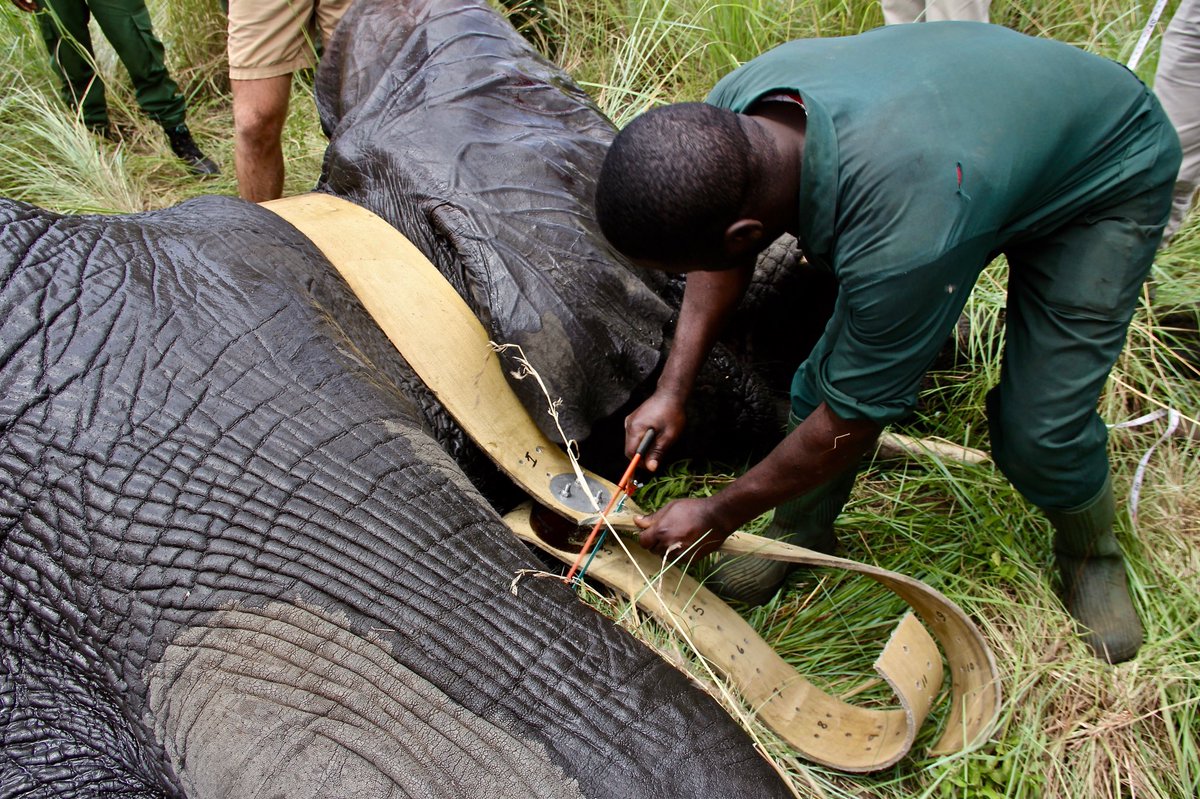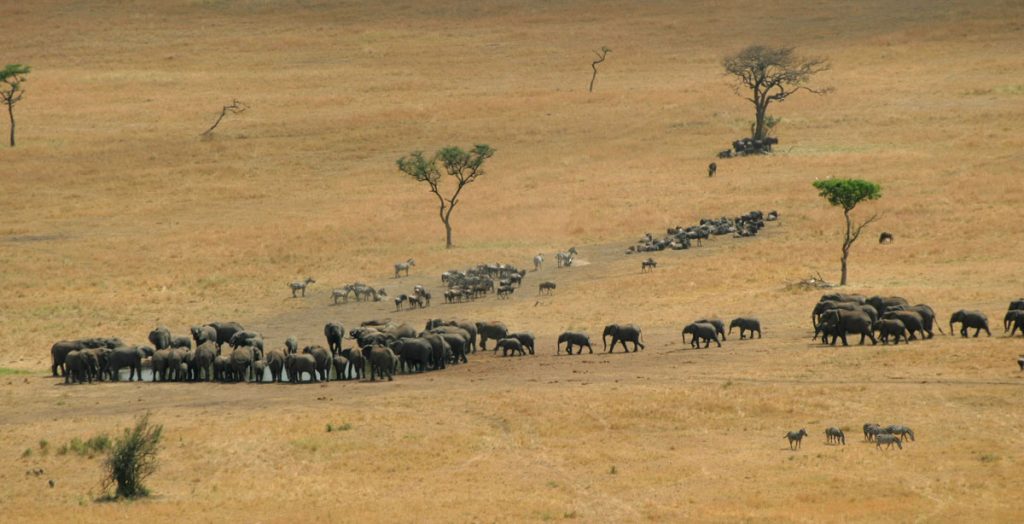I’ve had the pleasure of working with Singita for a number of years now, and one of the wonderful things about it has been the chance to have worked for so long with Mark Witney, a kindred spirit, and with whom I recently had the opportunity to catch up with regards to planning a joint Wild Philanthropy and Singita conservation journey.
Mark was part of the opening team of Singita’s first property, Ebony Lodge, in South Africa’s Sabi Sand Game Reserve, in 1993. ‘Back then I was a pilot, safari guide and lodge host living in the bush. I was living the dream.’ It’s clear that it’s this passion for the bush that continues to drive him and I’m delighted to be working with him once again in his new role as CEO – Conservation.
Back when Luke Bailes, still one of Singita’s owners, first opened Ebony Lodge to paying guests, it had been a family conservation project for 70 years. Singita’s uniqueness was its ability to combine safari with luxury, at a time when safari accommodations were basic and the focus on wild camping. Singita was at the forefront of changing that and has continued to evolve and lead the way. They made safari accessible, making it possible to travel to the bush in style. Now, with only a handful of beds, they are one of the most globally recognised African travel-driven conservation brands. And with over one million acres of land under their care, the potential to make a difference to conservation is huge.
In terms of traveller interest, there has been, says Mark, a marked increase in the number of clients wanting to get more involved with Singita’s conservation projects. ‘People want to be more hands on with tasks, to be a part of the experience.’ This want and need to be involved a key driver in the setting up of Wild Philanthropy, I’m extremely excited to be working with Singita on joint conservation journeys and look forward to sharing some of the ways in which our clients can gain special access to what Mark calls Singita’s ‘participation safaris, which marry hospitality and the luxury of Singita with conservation.’
We’re still in the throes of hammering out the final details of the journey. However, all the moving parts are firmly in place. Briefly, Wild Philanthropy’s clients will be afforded special access to Singita’s conservation team, with whom they are ’embedded’, and so granted the rare opportunity to go behind the scenes and see what really happens on the ground. Working as part of the team, they’re part of Singita’s conservation practices, and so are utterly involved in its activities. It’s an authentic and life-changing experience.
In this respect, one possible activity will be a journey focussed on elephant collaring. There are only two to three possible elephant collarings a year, which are dependent on permits from wildlife authorities. This means that actual dates are only known at short notice. Setting them up is highly involved, hence the price tag, circa $150k per travelling group. It being so rare an occurrence, it really is for those who really and truly want it. Elephants are collared for behavioural data, their ranges being so vast as to inevitably pass by and through human settlement, and the results are used to better understand patterns of movement so as to alleviate human-wildlife conflict. It’s crucial that we reach solutions designed to show the value of elephants and other wildlife to all key stakeholders, and especially local communities. As well as providing travellers with the most extraordinary of experiences, an elephant collaring conservation journey will play a part in conserving – and raising the profile of elephants.
Before finishing, I should say that this relationship with Singita is one based on sustainable trade, and not on aid. We do not expect Singita to give anything away for free. On the contrary: Singita will receive payment for all its services, as well as a value priced premium for the special access, which is potentially very significant. Wild Philanthropy also ‘win’ through profits generated by the commercial journey. All in all, a lovely example of a triple win: for community, for conservation, and for sustainable commerce, the last of which, when successful, protects the first and grows the second.
So, to end. Watch this space. It’s an extremely important addition to Wild Philanthropy’s conservation journey portfolio; and fits very well with our aim to partner effectively with fellow conservationists. In the meantime, my personal thanks to Mark for his energy, thinking and general all-round bonhomie. Great to be working with him once again!

Photo Credit: Singita Grumeti Fund
